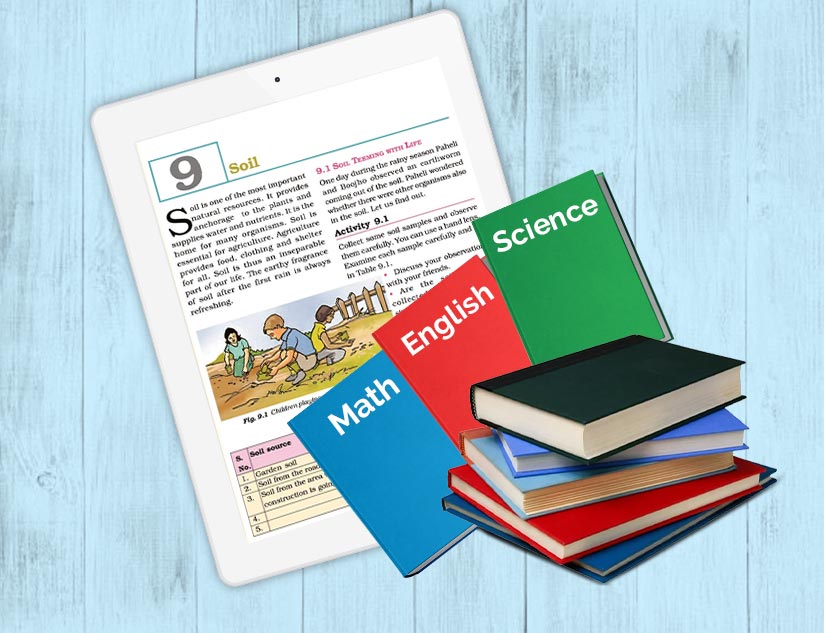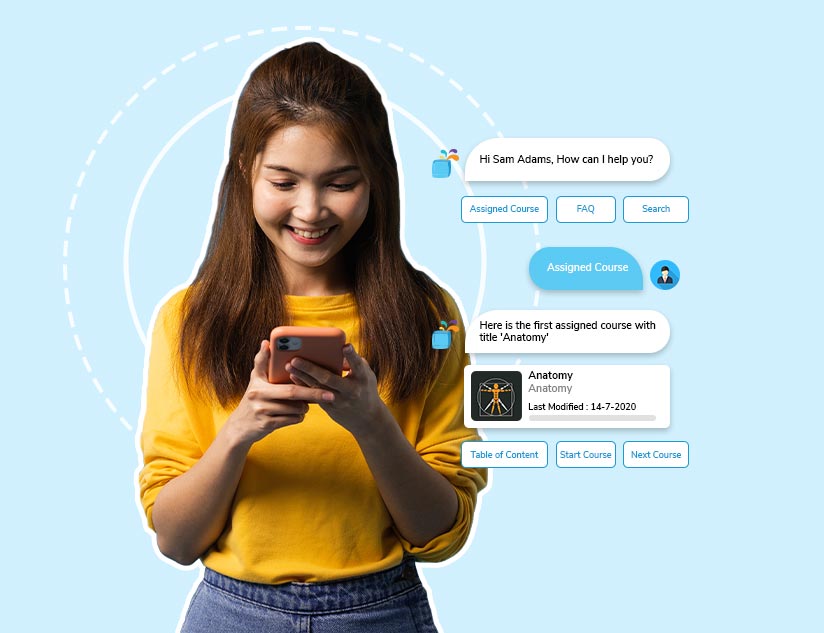In the United States, 30 states allow local education authorities to choose textbooks. In comparison, the remaining 20 states and three territories (known as textbook adoption states) decide the books that educational institutions can use at the state level themselves.
Unfortunately, this crucial decision-making process has been disrupted by the COVID-19 pandemic. However, things are beginning to return to normal, as several school districts have started to gear up for a new round of instructional materials adoptions in 2021.
An exciting trend that has surfaced is the increasing use of technology-based materials over traditional printed textbooks. While the American textbook publishing industry has gradually been shrinking over the years, falling from $9.13 billion in 2018 to $8.38 billion in 2019, the US K-12 market spent $35.8 billion in 2020 on all things EdTech, a substantial increase from the $7.5 billion spent the previous year. These figures suggest that the adoption of instructional materials is evolving. It is becoming flexible and adaptive while allowing educators to use digital educational tools to ease the delivery of instruction.
How COVID-19 Impacted Instructional Materials Adoption
With the onset of the coronavirus pandemic, students worldwide lost several months of in-person learning time that may potentially deliver a lasting blow to their academic growth and long-term earning potential. By January 2021, over one-third of school-age children in America had not set foot in a physical classroom for almost ten months. This situation could even have the potential to worsen the longstanding disparities in educational outcomes between students of different socio-economic and ethnic backgrounds.
The pandemic also disrupted the states’ plans of adopting a wave of new instructional materials. For instance, Florida announced in 2020 that it would postpone adopting new instructional materials for Math and English/Language Arts to 2021.
However, amid the pandemic and school closures, the education system quickly adapted its teaching methods and policy. States proactively adopted new educational resources, especially digital learning materials and e-textbooks. Not just that, more than 13,000 school districts in the US will be making critical decisions regarding the adoption of instructional material in 2021 as well.
Digital learning platforms have come to the rescue of the education system, helping with the agile publishing of digital K-12 learning materials. With video assessment features, real-time skill demonstration, and even personalized video feedback from teachers, they are effectively helping school districts achieve their academic goals. Additionally, they help publishers remain compliant with state RFP requirements while helping them with these adoptions.
The Biden American Rescue Plan Act (ARPA)
President Biden signed a $1.9 trillion relief plan in March 2021 to ensure that schools receive a fresh infusion of funds so that K-12 education continues unimpeded. This new legislation has set aside almost $129 billion for educators and students to deal with the impact of the COVID-19.
The ARPA provides local education authorities with nearly $110 billion to spend on any educational expense allowed under the Elementary and Secondary Education Act, the Perkins Career and Technical Education Act, IDEA, and other specific allowable uses. Districts are planning to spend this federal relief primarily on:
- Making up lost instructional time by extending the current school year, adding days to the next school year, expanding the number of hours in a school day, and targeting tutoring programs for students with the greatest needs.
- Ensuring socio-emotional learning, rather than simply focusing on instructional content.
- Expanding technology capabilities with remote learning opportunities.
- Building new and safer facilities.
- Improving education services for students with disabilities by providing more robust training to teachers.
For K-12 institutions, the ARPA funding will be allocated through the Elementary and Secondary School Emergency Relief (ESSER) Fund. It is important to note here that 20% of the ESSER funds have been reserved for addressing students’ learning loss. Although several local education authorities have made impressive and bold efforts to shift to remote instruction during the pandemic rapidly, it is still unlikely that students will master all critical core content in their curricula.
How Educational Institutions Can Minimize Learning Loss
Learning loss due to the pandemic will present significant challenges next fall for both students and teachers. It cannot be compensated for with traditional approaches to learning. Some strategies that may help students cope with learning loss can be implemented even with a tight budget, such as:
- Identifying and focusing on essential learning standards and content that are prerequisites to future learning, especially those that students may not have fully mastered.
- Ensuring high dosage tutoring for students struggling the most to accelerate learning in both Math and Reading substantially.
- Organizing extended learning time interventions with highly effective teachers and some double-dose math structures.
- Building solid systems and monitoring students for early warning signs to be helped at the right time to recover emotionally and engage academically.
What Does All This Mean for Educational Publishers?
In these unprecedented times, education delivery and learning are shifting to a more blended approach. Even with schools reopening, educational publishers and EdTech companies can play a crucial role in supporting schools and school districts transition smoothly to a supportive curriculum. In turn, improving their chances of getting adopted in these unpredictable times. Education moved online during the COVID-19 pandemic, bringing to light the various benefits that the digital learning approach has to offer. Going forward, the blended approach, which balances online with offline learning, can bring the maximum benefits for education and educational publishers.
A digital platform can be of great help here. With a digital learning platform, publishers can:
- Provide a cost-efficient learning opportunity to schools and students since digital textbooks cost a fraction of their printed counterparts.
- Help educators to conveniently update and modify curriculums without raising costs exponentially for both publishers and schools.
- Ensure digital equity through online and offline access to content, with enhanced accessibility features, such as read-aloud, captioning, and multimedia elements.
- Offer formative assessments, apart from summative ones, so that students can receive inputs through the year to focus their efforts in the right direction.
- Provide educators with custom analytics to track content consumption and learning patterns to create personalized learning paths for students.
MagicBox™ and its advisory team are ready to help you overcome the challenges of learning loss due to the pandemic and create high-quality courses at par with the latest standards. Contact us to know how we can help with customizing our award-winning platform to your needs.
















